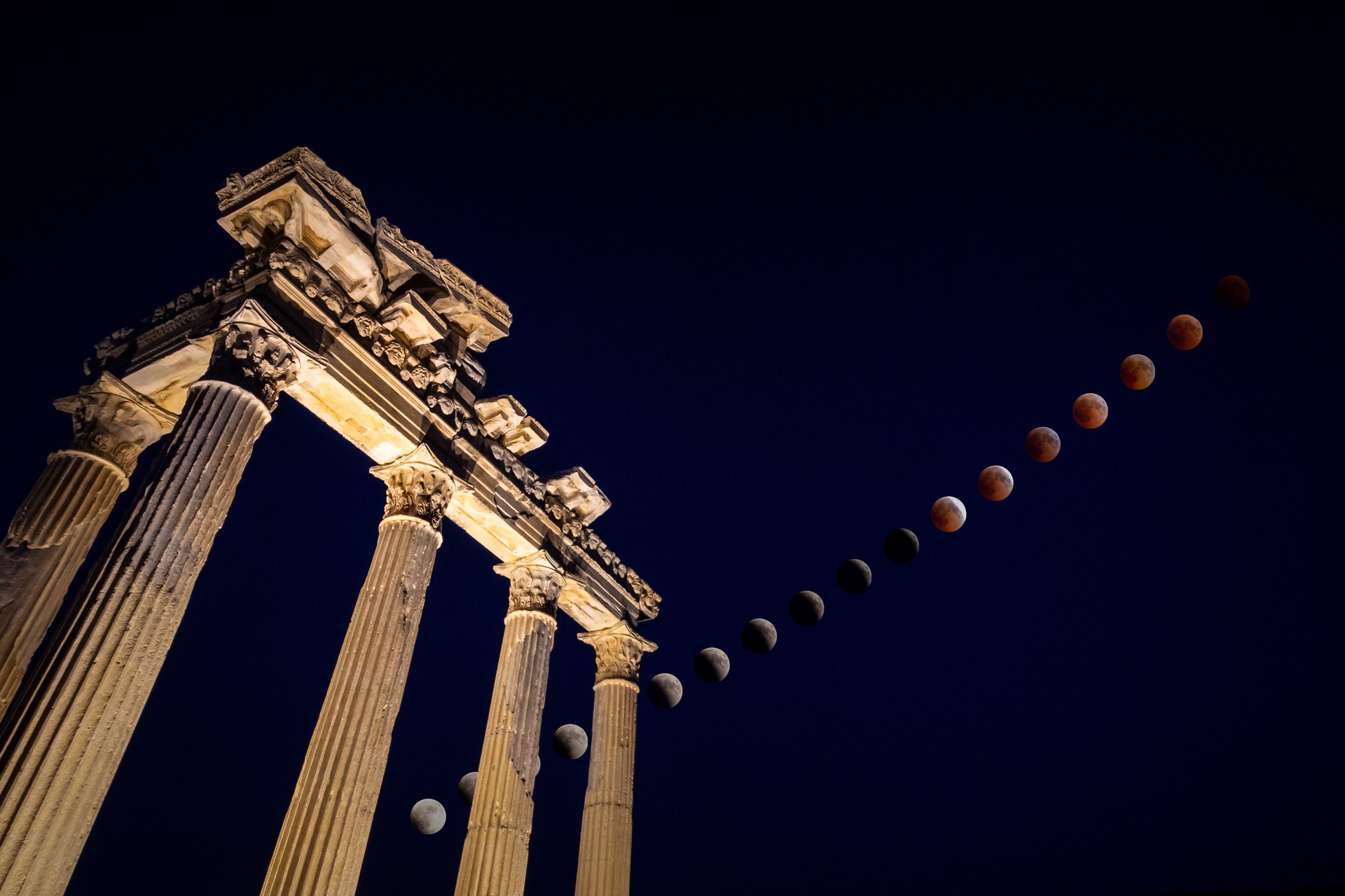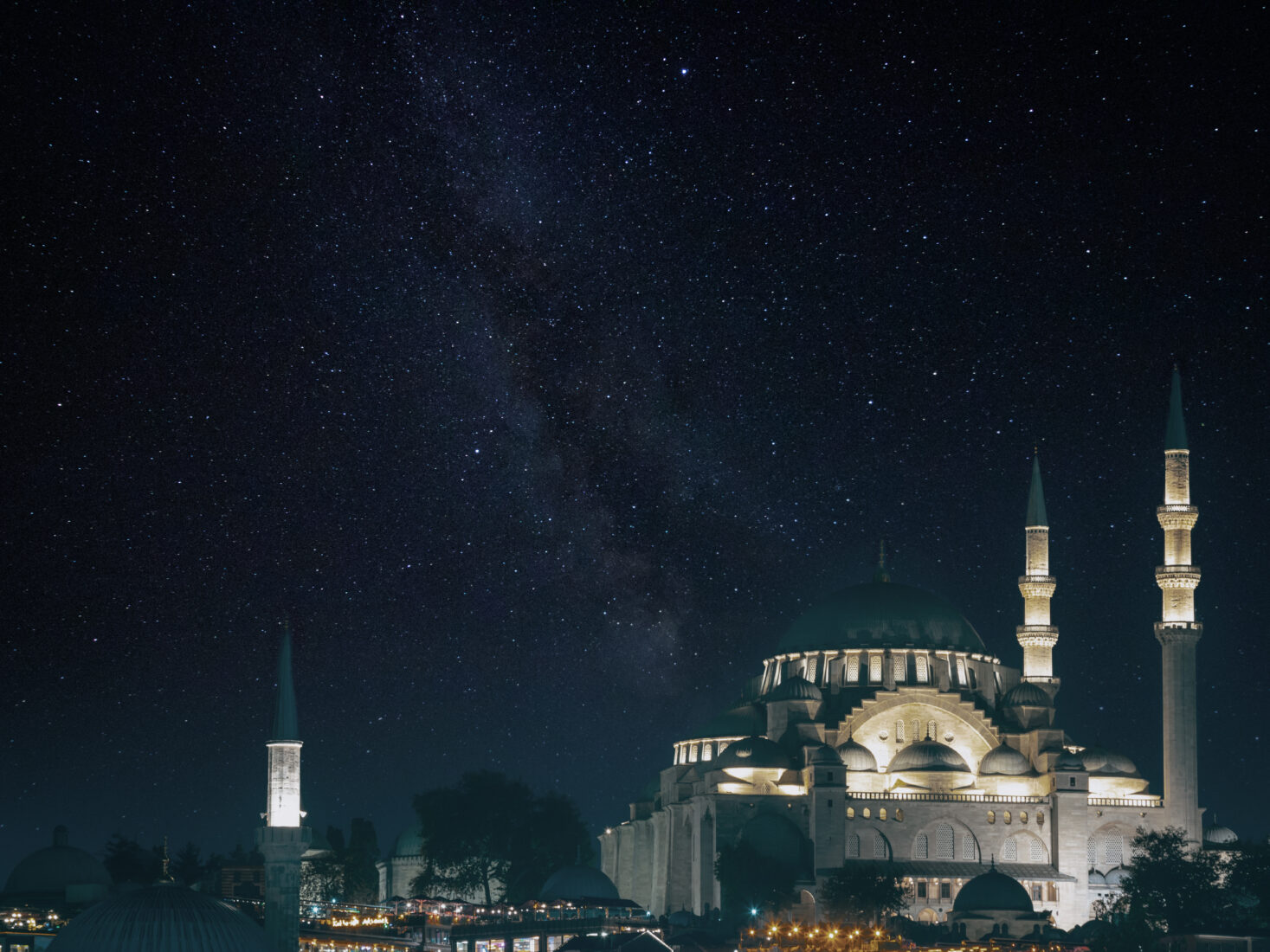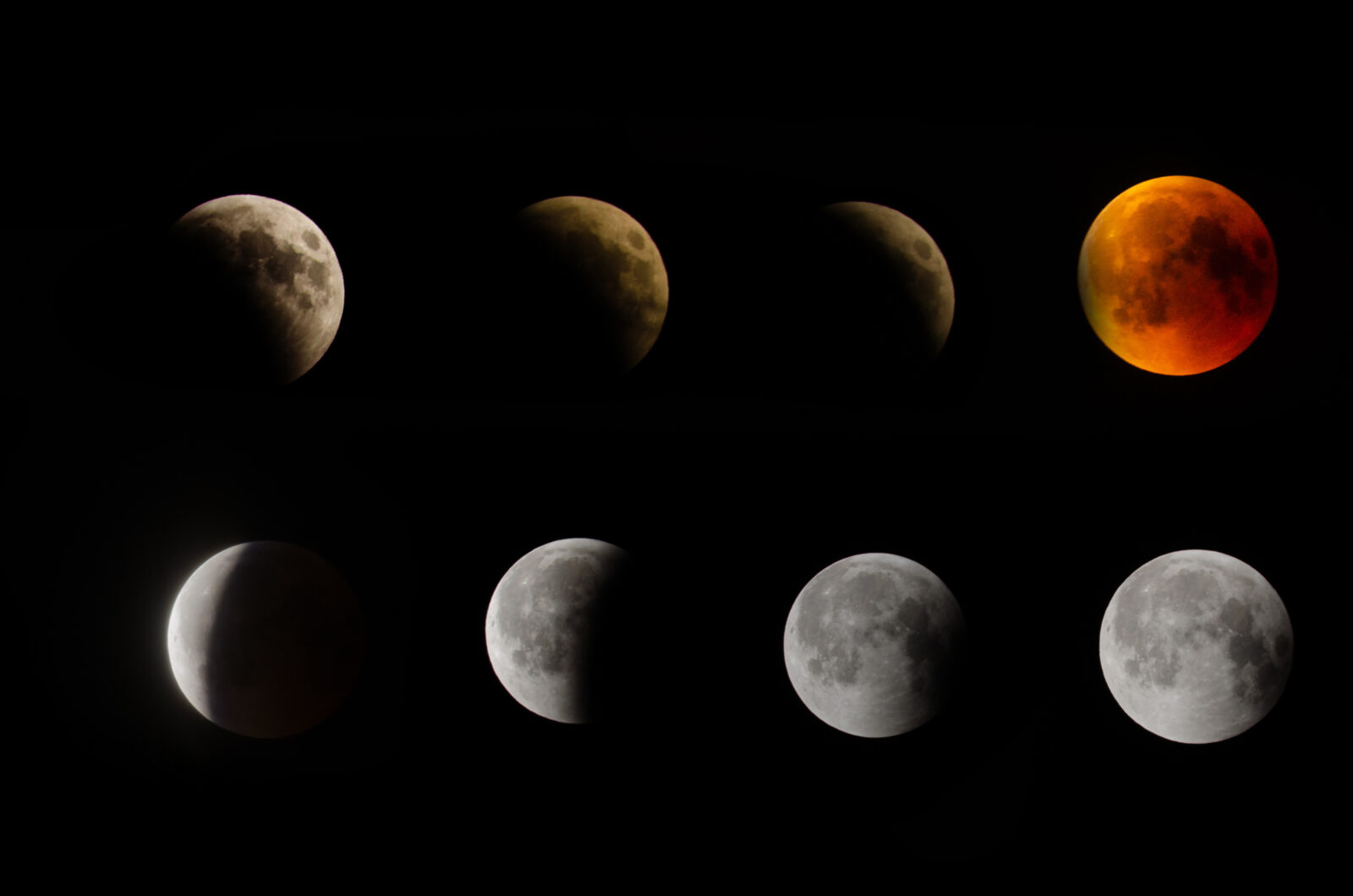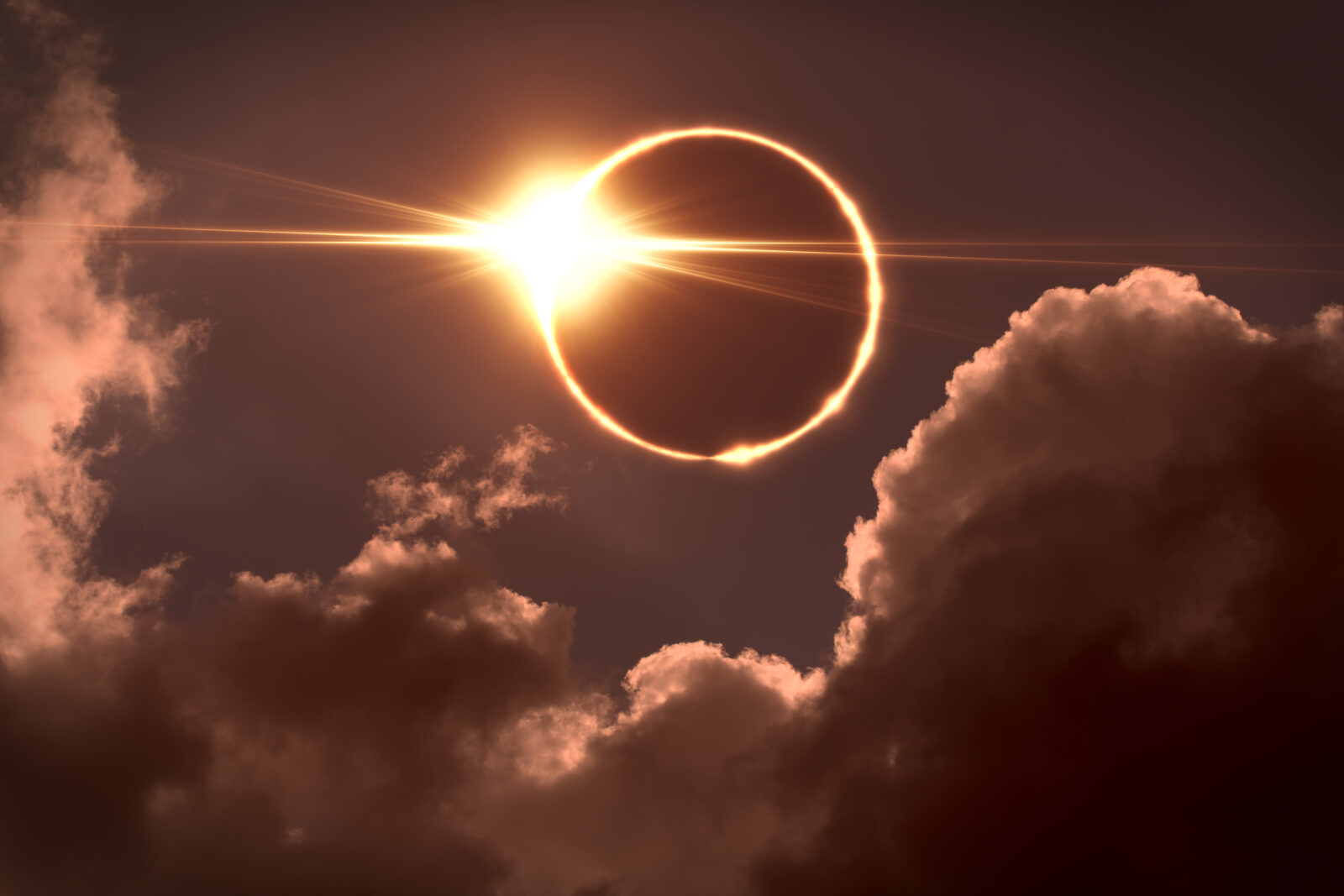
Some nights, the sky is simply there—a quiet expanse above, indifferent to the world below. But on some occasions, it transforms into something far more dramatic.
The Moon slips into Earth's shadow and turns a deep shade of red. Meteors, like hurried travelers, streak across the heavens. Planets, usually scattered across the cosmos, gather in near-perfect alignment.
These are the nights that make even the most indifferent among us stop and look up at the celestial events in Türkiye.

In 2025, the universe has a carefully arranged itinerary of celestial wonders.
The show is free, the seating is unlimited, and the only ticket required is curiosity.
Perhaps you'll watch from a rooftop in Istanbul, where the hum of the city fades beneath a vast and star-speckled sky. Or maybe from the rocky plateaus of Cappadocia, where ancient landscapes meet the glow of a distant galaxy.
You might even find yourself on the shores of the Aegean, where the waves murmur beneath a sky scattered with shooting stars. Wherever you are, the sky above Türkiye will be alive with movement, color, and quiet spectacle.

Eclipses are among the most anticipated celestial events, drawing millions of spectators worldwide. In 2025, two total lunar eclipses and two partial solar eclipses will occur, with varying degrees of visibility from Türkiye.
For those outside Türkiye, Western Europe will get a limited view of the eclipse as the moon sets, while North and South America will experience the full event. Astronomers recommend seeking a location with minimal light pollution to maximize visibility.

A partial solar eclipse occurs when the Moon blocks only a portion of the Sun's disk. This event will be observable in Türkiye but at a lower magnitude compared to Northern Europe, where nearly the entire Sun will be covered.
As solar eclipses require proper eye protection, viewers are advised to use eclipse glasses or pinhole projectors to safely watch one of the most anticipated celestial events in Türkiye.

Unlike the March eclipse, this one will be fully visible in Türkiye. As the moon rises in the evening, it will already be eclipsed, making for a dramatic sight in the night sky.
This is one of the most highly anticipated celestial events in Türkiye and will provide a great opportunity for astrophotography, particularly for those in open areas away from city lights.
This partial eclipse will not be observable from Türkiye but will be a major event for observers in the Southern Hemisphere. The event will require careful planning and the use of solar filters for safe observation.

Meteor showers occur when Earth passes through debris left behind by comets, creating stunning streaks of light across the sky.
Here are the top meteor showers to watch in 2025:
Meteor shower
Peak date
Estimated rate (meteors per hour)
Visibility in Türkiye
Quadrantids
Jan. 3
60–100
Moderate
Lyrids
April 21–22
15–20
Good
Eta Aquariids
May 3–4
20–40
Good
Perseids
Aug. 12
80–100
Excellent
Draconids
Oct. 8–9
10–20
Moderate
Leonids
Nov. 17
10–15
Good
Geminids
Dec. 12–13
60–120
Excellent
Among these, the Perseids in August and the Geminids in December will be the most active, with bright, fast meteors lighting up Türkiye's night sky. For the best experience, it is recommended to watch these showers in dark, rural locations away from city lights.

2025 will also feature several planetary alignments and supermoons, offering additional opportunities for skywatching.

Here are some tips on making the most of 2025's best celestial events in Türkiye:

Celestial events have fascinated humanity for centuries, influencing myths, scientific discoveries, and technological advancements. Eclipses, in particular, have played roles in historical events and continue to spark curiosity.
Meteor showers provide an opportunity to reflect on Earth's journey through space, while planetary alignments and supermoons remind us of the vast celestial mechanics governing our solar system.
For expatriates and tourists, these astronomical phenomena and celestial events in Türkiye offer a unique chance to experience the wonders of space from a region with a deep historical connection to astronomy.
Mark your calendars, prepare your telescopes, and get ready for a year filled with breathtaking astronomical displays.